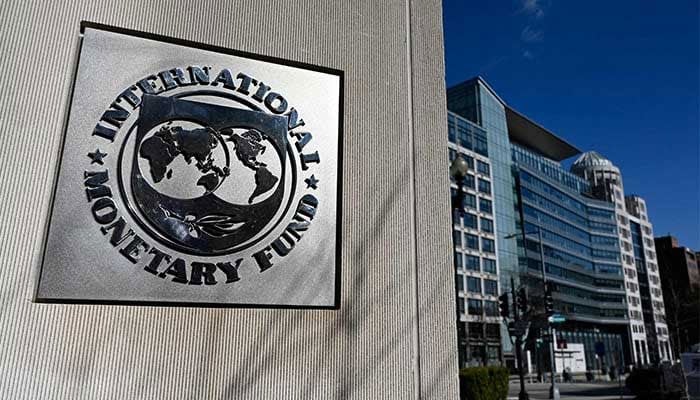ISLAMABAD According to The News on Wednesday, the International Monetary Fund (IMF) has downgraded its earlier estimate of 2.5% for Pakistan’s GDP growth rate during the current fiscal year to 2%.
Given that population growth was 2.6%, it shows that per capita income in dollars is bound to decrease. Pakistanis’ income would not rise in terms of dollars if the real GDP growth rate remains at 2%.
The IMF’s World Economic Outlook (WEO) report stated that Pakistan’s growth rate for the current fiscal year, FY24, was expected to be 2% of GDP. Additionally, 3.5% GDP growth is anticipated for the upcoming fiscal year, FY25.
Global growth is predicted to be 3.1% in 2024 and 3.2% in 2025; the 2024 forecast is 0.2 percentage points higher than the October 2023 World Economic Outlook (WEO) due to the United States’ and several major emerging markets’ and developing economies’ stronger-than-expected resilience as well as China’s fiscal support.
However, the prediction for 2024–25 is lower than the historical average of 3.8% for the years 2000–19. This is because of low underlying productivity growth, high central bank policy rates to combat inflation, and the removal of fiscal support due to high debt burdening economic activity.
In most areas, inflation is declining more quickly than anticipated despite tightening monetary policy and supply-side problems that are gradually being resolved.
Global headline inflation is predicted to decline to 4.4% in 2025 after being revised down from 5.8% in 2024.
The probability of a hard landing has decreased due to disinflation and sustained growth, and the risks to global economy are largely balanced.
Positively, accelerated deflation may result in additional financial constraints being eased. Adopting a more lax fiscal policy than what is required and projected could lead to a brief increase in growth, but at the expense of a more expensive correction down the road.
More momentum for structural transformation could increase productivity and have beneficial cross-border spillovers. On the other side, fresh commodity price surges brought on by geopolitical shocks, such as ongoing hostilities in the Red Sea, supply interruptions, or underlying inflation that is more persistent might extend tight monetary conditions.
Additional problems facing China’s real estate industry or, globally, a disruptive shift to tax increases and spending reductions may also lead to growth disappointments.
In light of the fact that wage and price pressures are manifestly waning, policymakers’ immediate task is to effectively oversee the last descent of inflation to target, changing monetary policy in response to underlying inflation dynamics, and shifting to a less restrictive stance.
Simultaneously, a renewed emphasis on fiscal consolidation is often necessary to restore budgetary capacity to handle future shocks, generate revenue for new spending priorities, and slow the growth of public debt, particularly in cases where inflation is declining and economies are better able to withstand the effects of fiscal tightening.
Targeted and methodically implemented structural changes would hasten and support debt sustainability and productivity growth.Among other things, more effective multilateral cooperation is required to alleviate the effects of climate change, avoid debt hardship, and make room for vital investments.







